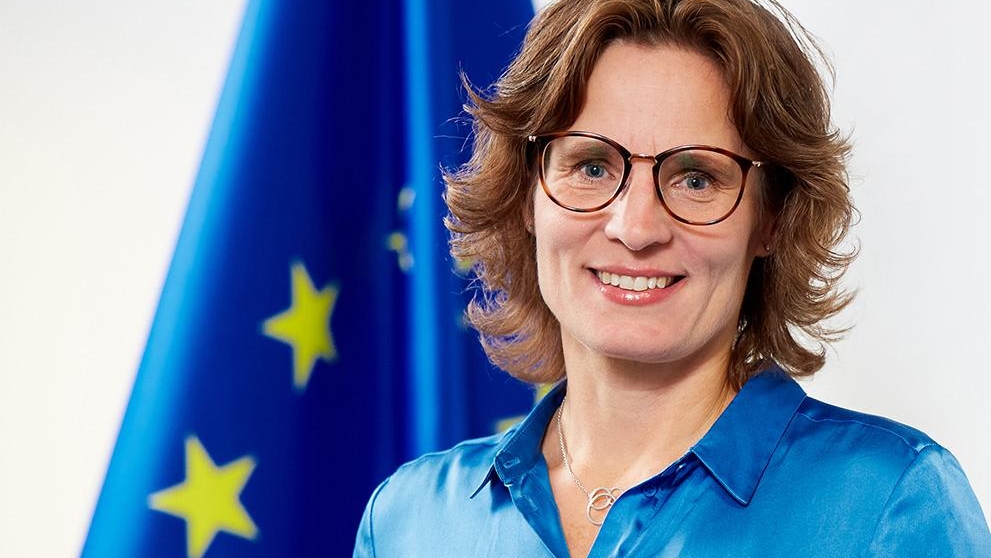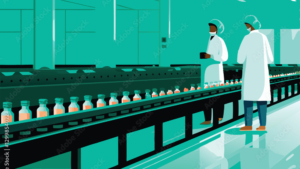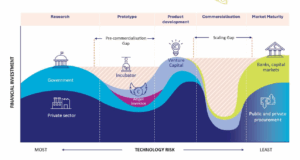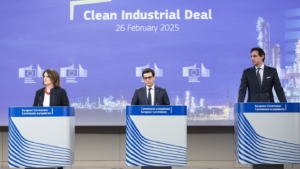
EU bioeconomy strategy enters crucial phase
Europe's decision on how to combine economic growth and decarbonisation in the future depends on the renewal of the EU bioeconomy strategy. The question is whether the EU will fall further behind globally or whether bioeconomy will become the EU's growth engine.
The EU Commission’s bioeconomy strategy has to date centered on the utilisation of agricultural, forestry and industrial waste streams. However, a substantial raw material gap remains to be filled in order to fully transition from a fossil-based economy to bio-based solutions, as recently highlighted in presentations by the DG of the responsible Commissioner, Jessika Roswall.
In order to address this gap, which does not even reflect the carbon requirements of the chemical industry, the UK and the USA have significantly improved their bioeconomy strategies in 2022. These strategies encompass new genomic techniques in agriculture, feed and food protein from precision fermentation, the reprogramming of microbial production strains and photosynthetic algae through synthetic biology and biomanufacturing with CO2 as an inexhaustible source of carbon. The aim is to close the raw material gap and contribute to the development of a fossil-free economy. EU biotech entrepreneurs and founders, including Prof. Dr. Thomas Brück (Technical University Munich), recognise that the recent shift in focus in the USA presents a significant opportunity for Europe to re-establish its former leading position in the bioeconomy.
In this regard, the public consultation on the new bioeconomy strategy, which ends on 30 June, has invited relevant industry stakeholders to share their insights on the scaling of EU lighthouse projects in multipurpose facilities in structurally poor regions and the content of the bioeconomy. The scheduling of a stakeholder meeting for 10 April suggests that the Commission is aiming to include stakeholders who have been informed in advance, thereby minimising the need for significant changes to the draft strategy. According to the Commission, the new bioeconomy strategy might “mark a significant step forward in harnessing the opportunities of the bioeconomy to support European businesses and drive progress towards the EU’s environmental, climate and competitiveness objectives”.
The current approach to use agricultural residues to produce biofuels, food, chemicals, or to replace and recycle plastics has been delivering only partial success. Microbial conversion technology of a Swiss-German technology provider was so successful that it converted agricultural residues from 5 years of sampling within several months. Because the overperformance of the biotech conversion technology challenged the developers’ business plans, the project was stalled. Good examples for automated protein food and feed production is coming from German-Canadian biomanufacturing specialist The Cultivated B. Even in the textile industry, which largely works with chemical synthetic fibre blends, reprogrammed production organisms contribute to sustainable production. The German manufacturer of recombinant silk, Amsilk GmbH, and the Danish company 21st Century A/S plan to start scaling up to an industrial scale this year. The German company BRAIN Biotech AG and the US company Blute Whale Materials LLC are also reporting major progress in microbial lithium recovery – albeit in the USA, as European Biotechnology reports in its current print edition.
The new bioeconomy strategy, to be presented in Copenhagen, Denmark, at the end of November, is due to be adopted by the end of 2025. Despite competition from Asian countries (Malaysia, China) and Brazil, the Commission claims that the EU is the global leader in the bioeconomy. The Commission said the update will propose measures to unlock the potential of bioeconomy innovations to reach the market and create green jobs and growth. In contrast to Germany, France, which has built and co-invested in more than 20 biorefineries, and Italy, whose parliament approved €2.2bn at the end of March to upscale bio-based processes to supply the SAF and chemical sectors by 2027, as well as the UK have created infrastructures to scale up biotechnological processes that can replace fossil products. A second roadblock to a rapid technology transfer of biotech innovations pushing the bioeconomy is EU regulations that block quick market authorisation.
According to the Commission, the new bio-economy strategy will also focus on strengthening the circular economy and sustainability, while contributing to the decarbonisation of the EU economy. It will create the conditions for start-ups, entrepreneurs and new business models in the bioeconomy to flourish. Most recently a new AI solutions made recommendation what policies would be the best to solve problems such as climate change.
Commissioner Roswall said: “We need to make a concerted effort to build a thriving, sustainable and circular bioeconomy. This consultation is an important tool to gather as many ideas as possible to shape the forthcoming bioeconomy strategy, reflecting the needs and aspirations of citizens, businesses, farmers, foresters and other stakeholders.”
Preparation for the new strategy will allow it to align with key EU initiatives, such as the Competitiveness Compass and the Clean Industrial Deal, the upcoming Life Science Strategy, the Ocean Pact and the Biotech Act, which was delayed to the next year. It will also consider global competitiveness aspects (see figure).
All stakeholders are encouraged to participate in the online consultation using the Have Your Say portal. The feedback period is open for 12 weeks until 23 June. Stakeholders can also contribute by taking part in targeted sessions on the bioeconomy in upcoming events such as the ECESP Circular Economy Stakeholder Dialogue, taking place on 10 April and EU Green Week, taking place from 3-5 June. Commissioner Rosswall said: “The untapped market potential for the bioeconomy is significant. Its current market share of EU GDP is around 5%, and growing.”
We want to boost the bioeconomy as part of the competitiveness and resilience agenda
Companies focused on BioEngineering will have the opportunity to participate their technologies in a focus topic in the June print issue of European Biotechnology.


 adobe stock photos - ndomble
adobe stock photos - ndomble  EC
EC Audiovisual Library of the European Commission
Audiovisual Library of the European Commission